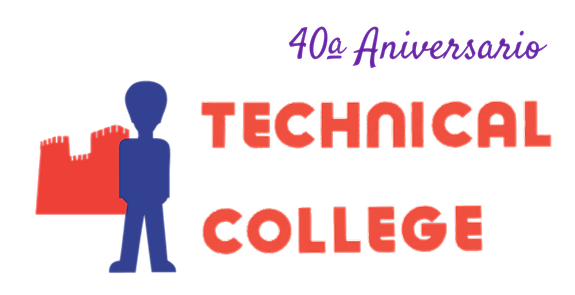Universia arrive à la conclusion suivante dans son enquête menée
aux 2000 employés en RH:
“90 secondes est la clé duquelle 33% des enquêteurs puissent savoir si
le répondant est candidat au poste vacant”.
Sortir victorieux ou vaincus? La raison principale est l´image que
nous transmettons à l´enquêté avec notre communication non verbale. Notamment:
·
Les
mouvements que nous faisons avec les mans,
·
Le premier contact entre l´intervieweur et
l´enquêté,
·
Quelle attitude nous montrons quand nous sommes
en face de qui nous enquête.
Si nous voulons obtenir un
entretien satisfaisant, nous devons supporter les conditions suivantes:
1. “Shake your hands”. La première chose à faire est
saluer convenablement. Ceci constitue le début à l´instauration d´une
base solide et le développement de notre entretien, puisque la première
impression est déterminant. Le contact visuel est important entre l´intervieweur
et l´enquêté, toujours en gardant les manières.
2. “Le sourire” est un facteur clé
vis-à-vis au public et son appréciation importera car elle procure un air de
personne proche, avec détermination et solidité.
3. “Garder les manières”. Savoir faire à
chaque endroit est essentiel. Certainement celui-ci est l´un des facteurs clés.
Alors, il est recommandé aux entretiens:
ü
Mantenir une position ferme et rester eloigné du
le dossier de la chaise. Cela montre un intérêt évident.
ü
Mantenir une distance entre les deux jambes montre
sécurité de vous-même.
4. “Gesticuler” joue un rôle important
s´agissant de communiquer une image de soi-même au l´intervieweur. Il est important afin que l´intervieweur ne
souffre pas de l´"infoxication". On peut rendre compte de le plus
important du message à transmettre et de la propre sûreté avec les mains.
5. “Être vous-même”. La sûreté de soi-même
est un facteur important si on veut générer un rapport de confiance entre
l´intervieweur et vous. La création d´un
climat de tranquilité est important pour vous.
6. “Face to face”: Focalisez le regard sur l´intervieweur quand il parle avec vous. Examinez
le contexte car ceci peut donner des pistes et aussi l´aider à ne percevoir pas
un comportement défi.
7. “L´inetervieweur” transmettra la
fluidité de l´entretien plusieurs fois avec son communication non verbale parce
que il reflétera son attitude enver vous.
8. “Ne racontez pas d´expériences
personnelles, sauf si vous êtez demandé". Pendant l´entretien on doit uniquement apporter
une réponse à ce que on vous démande. Soiez succints, autrement vous serez
ennuyeux à l´intervieweur. Avant tout,
n´ingérez pas dans son sphère privée. C´est un entretien, ne pas
une conversation avec un ami. Ne
rapportez paz vos expériences, sauf si
on demande.




